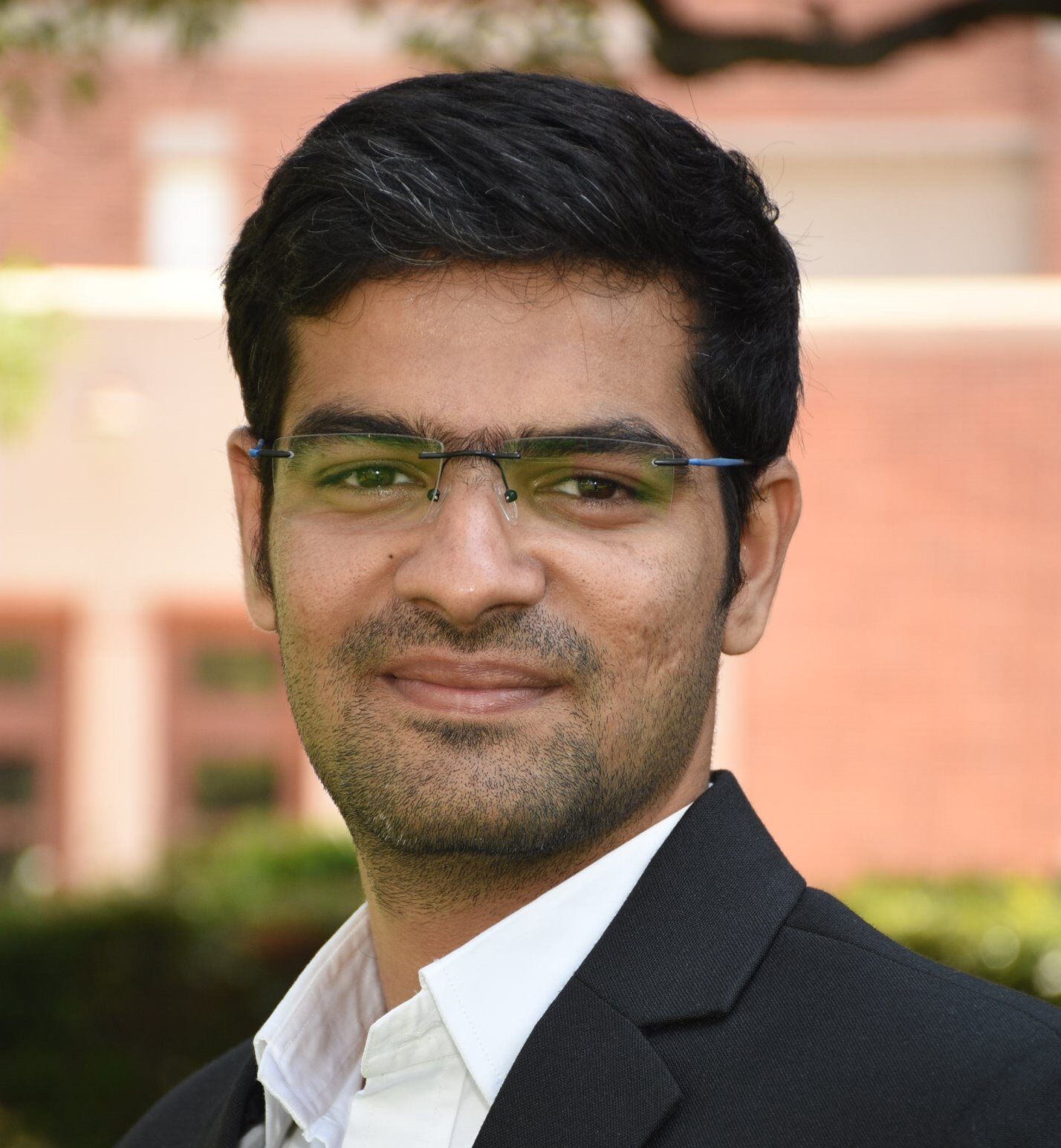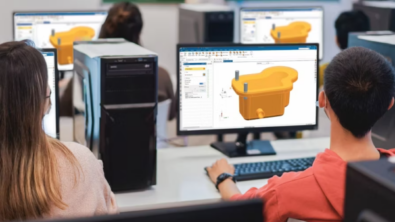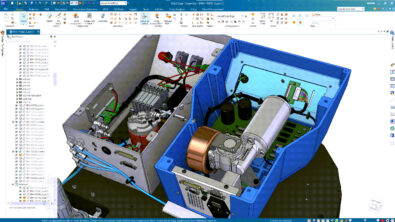Engineering For Change with USC Ph.D. Student, Shatad Purohit

Millions of students around the world use Siemens Software to bolster their engineering education. From FIRST Robotics to doctoral programs, the Siemens Software portfolio makes innovation possible for every student. Although there is a common goal of innovation in mind, the inspiration behind pursuing a career in engineering can vary widely. Some students want to make it to outer space, others want to design high-speed sports cars, and some students want to make life better for the community they grew up in.
Desire to Make an Impact with Engineering
Shatad Purohit hopes to make a difference through innovation. Purohit grew up in Latur, Maharashtra, India where there is an ongoing water crisis. According to a report by Swach India, each family is given only 250 liters of water a month. For reference, the human body needs around 3.7 liters of water per day. Multiply that for an entire month for a family of four, and you’ve already exceeded the amount of water supplied – and that’s just for drinking water.
He recounts the water crisis during his upbringing, “I remember since I was five, we faced severe droughts. Even today, we get water every 10 days for a few hours in my own home . This is the situation in 2021. The water crisis and soil depletion crisis were the things that inspired me. I think that engineers can solve such things. We have enough technology today to take on these problems. We need people who are in the right position with the right knowledge, who can look back to those problems.”
With this community-oriented motivation, Purohit received his undergraduate degree in mechanical engineering. He then spent 4 years in the industry building modeling and simulation tools specifically for Systems Architects. After building those tools, Purohit realized he wanted to become a key decision-maker in complex systems like ecological monitoring space systems, sustainable transportation networks, and energy production and distribution systems. . Systems Architects manage not only the technical aspects, but the business and social and political considerations as well. By going back to school, Purohit could expand his horizons and take on larger, more influential roles in a business. He’d also have better access to software that he could use to better the life of his home community.
Using Technology to Better the Lives of Others
Currently, Purohit is a doctoral student at the University of Southern California studying Astronautical Engineering with a specialization in System Architecture. He works with Siemens software to create Digital Twins that create analytical and descriptive models that get continuous updates from the real-world. He hopes these models then could be used continuously to update systems and make better decisions based on new information.
“The ever-increasing complexity of systems today is creating unprecedented challenges for organizations. To address these challenges and make effective decisions, organizations need to use advanced methods and tools. We use Simcenter Systems Architecture as part of our research at USC. Right now, we are exploring ways to augment tools to deal with systems of the future. We are investigating applications of technologies such as digital twins, ontologies, and machine learning to incorporate in these tools.”
Using Simcenter to input data from the physical world into the software environment in real-time, Purohit can look at systems holistically to help prioritize multiple stakeholders. He added that Siemens provides an advantage for real-time modeling which is important for business today. Since the complexity of systems is constantly increasing, it is challenging organizations to create technology that isn’t just profitable, but also sustainable.
“One of the most important problems for my generation is the conflict between ecology and economy. A lot of systems today are not ecologically sensitive, and it’s challenging to build ecologically sensitive systems without impacting economic output. The question is how to transform businesses and solutions so that they become ecologically sensitive and economically lucrative with the ability to bring large-scale rapid transformations. One of the ways to do that is to use a holistic systems approach. One that considers economy, ecology, sociology and politics.”
Looking to the Future
The consideration of social, political and economic impacts for businesses and communities is central to Purohit’s inspiration for studying engineering. It seems to be coming full circle for him using Siemens Software in his doctoral program.
When he finishes his Ph.D. program, Purohit is looking at a few different avenues to pursue. Although not set on one plan, he is letting his model-based systems engineering research and new academic experiences guide him. Digitalization is changing all industries rapidly. There will likely be new opportunities in a few years that are not possible today. All in all, Purohit wants to be a part of that digitalization and summed up his excitement for innovation and said, “I am excited to see the next generation of tools and want to build them.”


